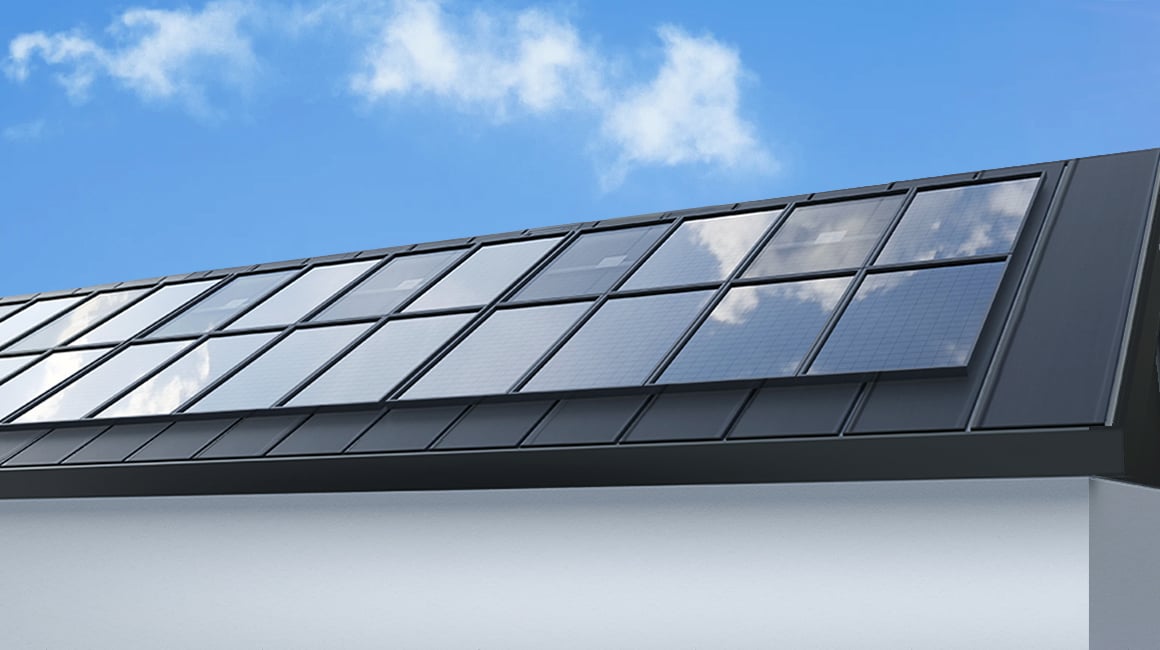When it comes to harnessing the power of the sun, microinverter solutions have emerged as a game-changer in the solar energy industry. These innovative devices are revolutionizing the way solar power is generated, offering a range of advantages that make them a compelling choice for both residential and commercial solar installations.

The Rise of Microinverter Solutions
In the past, traditional solar power systems relied on a single inverter to convert the direct current (DC) generated by solar panels into alternating current (AC) for use in homes and businesses. However, this approach had its limitations, particularly when it came to system performance and flexibility.
Microinverter solutions, on the other hand, have gained traction due to their ability to optimize the performance of each individual solar panel. By placing a microinverter on each panel, rather than using a single inverter for the entire system, the overall efficiency and output of the solar array can be significantly improved.
Enhanced Energy Harvesting
One of the key advantages of microinverter solutions is their ability to maximize energy harvesting. Traditional inverters are prone to performance losses when panels are affected by shading, soiling, or panel mismatch. In contrast, microinverters enable each panel to operate independently, ensuring that the overall system continues to produce power even if some panels are underperforming.
This level of granularity in energy production not only leads to higher overall energy yields but also provides greater system reliability and resilience in challenging environmental conditions. The result is a more efficient and productive solar power system that can adapt to real-world scenarios with ease.
Improved Monitoring and Maintenance
Another advantage of microinverter solutions is the enhanced monitoring and maintenance capabilities they offer. With traditional inverters, it can be challenging to pinpoint issues at the individual panel level, as the entire system is interconnected. However, microinverters provide detailed insights into the performance of each panel, allowing for proactive maintenance and troubleshooting.
By leveraging the power of data analytics and remote monitoring, solar system owners and installers can quickly identify and address any issues that may arise, ensuring that the system operates at peak efficiency over its lifetime. This level of visibility and control is a significant advantage in ensuring the long-term success of a solar power installation.
Flexibility and Scalability
Microinverter solutions also offer greater flexibility and scalability compared to traditional inverters. With microinverters, solar arrays can be easily expanded or modified without the need for complex system redesigns. This means that homeowners and businesses can start with a smaller installation and gradually add more panels as their energy needs evolve.
Furthermore, microinverter solutions are well-suited for installations with challenging roof orientations or shading issues, as they can adapt to the unique characteristics of each panel. This flexibility opens up new possibilities for solar power generation in locations that were previously considered unsuitable for traditional solar installations.
As the demand for clean and sustainable energy continues to grow, microinverter solutions are poised to play a pivotal role in shaping the future of solar power generation. Their ability to enhance energy harvesting, improve monitoring and maintenance, and provide flexibility and scalability make them a compelling choice for anyone looking to harness the power of the sun.








